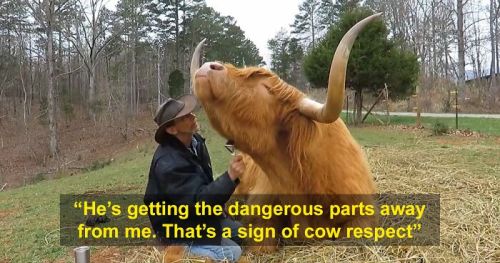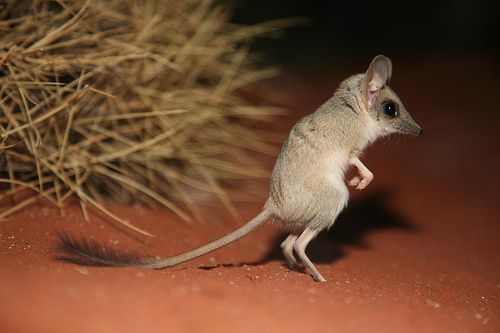
Hi it’s me puddleorganism if you’re confused why you got a billion hoops from me
298 posts
Latest Posts by goblin-in-the-rain - Page 4
lahore pigeons are some of the most visually appealing birds out there. like in terms of visual design. very minimalist, good contrast.
This definitely merits more testing! Stay tuned for shenanigans!
(Also checkout Patreon where I'll be sharing prototype details thoughout the week!)
![Title card reading: [Storyboarding Basics. Brought to you by NU Animation Club, March 23 2023]. There is a chibi drawing of Feeb drawing on a CINTIQ](https://64.media.tumblr.com/1bb4994121212e48c92ee88de5cbe45d/8f6b9c73271b12ac-28/s500x750/efeaa63ce1f755c3643a35f0973a68f1f1057236.png)







a couple snippets from a presentation i gave at school this past week on storyboarding!!
‼️DISCLAIMER: I am still a student and have only worked on student and indie projects! This is just stuff that I personally find helpful as an amateur, so feel free to take it with a grain of salt!
Happy boarding, friends! ✍️💕
I rlly love your art! I like to draw too but I'm having trouble with chubby/fat characters. Is there any advice you could give? (Sorry if this is weird or annoying, if so you don't gotta answer it.)
I get this question a lot, and for once I’m going to try to give a proper answer.
I what most people get wrong is how to distribute fat. People gain fat in different parts of their body, but no one gains fat in only one part. I often see people draw “fat” characters by just drawing a skinny character and making their belly stick out, like in the picture below.

as you can see, the first drawing looks kinda weird and unnatural, and it certainly does not look “fat”. in the second drawing the fat distribution is more natural, with fat on the characters’ sides and chest as well as the belly. if you want to get better at drawing fat you should practice adding fat to those areas, as well as the arms, face and neck. another thing that makes the first one look strange is how “hard” the fat looks. there’s a really visible border between the “skinny” part of the body and the “fat” part. fat doesn’t work the same way as muscle. fat is soft and doesn’t have any strenght - meaning that unless you physically lift it up its going to hang and sag. a lot of people are afraid of drawing fat that looks fat - as in fat that bulges, sags and gathers in rolls. that is a shame, because you can’t really skip that stuff if you want to draw natural looking fat.

like you see in the drawing above, adding rolls and visible sagging makes the fat look, well, fatter. all I can say is; don’t be afraid of making your fat look like real fat!

[PHOTO TAKEN: JUNE 12TH, 2023 | Image ID: A photo of a brown horsefly with eyes that go from dark green to red, with two bands of red going across, on a car window, the underside reflected in said window /End ID.]
artist tips
don’t save as jpeg
Flashlight Fish Appreciation Post










Anomalopidae (lanterneye fishes or flashlight fishes) are a family of fish distinguished by bioluminescent organs located underneath their eyes, for which they are named.
These light organs contain luminous bacteria and can be "shut off" by the fish using either a dark lid or by being drawn into a pouch. They are used to communicate, attract prey, and evade predators.
These rarely seen fish are nocturnal and found in the Indo-Pacific Ocean and Caribbean Sea.
A general cane guide for writers and artists (from a cane user, writer, and artist!)
Disclaimer: Though I have been using a cane for 6 years, I am not a doctor, nor am I by any means an expert. This guide is true to my experience, but there are as many ways to use a cane as there are cane users!
This guide will not include: White canes for blindness, crutches, walkers, or wheelchairs as I have no personal experience with these.
This is meant to be a general guide to get you started and avoid some common mishaps/misconceptions, but you absolutely should continue to do your own research outside of this guide!
![[Image text] Arm bends a little. Cane height at hip joint. Many canes have adjustable height. Cane sits within the natural center of balance. Causes stress on: Triceps, upper back, wrist (pressure) fingers (grip). Helps with: Joints (lower back, hip, knee, ankle, foot), weakness, balance, pain.](https://64.media.tumblr.com/0c8731401f496885dc8d4309a7dbe7ee/f831b3159e1d7635-e7/s500x750/6e5fe00081a6ce3b64cbe1a648f0c967f9f601e9.jpg)
The biggest recurring problem I've seen is using the cane on the wrong side. The cane goes on the opposite side of the pain! If your character has even-sided pain or needs it for balance/weakness, then use the cane in the non-dominant hand to keep the dominant hand free. Some cane users also switch sides to give their arm a rest!
A cane takes about 20% of your weight off the opposite leg. It should fit within your natural gait and become something of an extension of your body. If you need more weight off than 20%, then crutches, a walker, or a wheelchair is needed.
Putting more pressure on the cane, using it on the wrong side, or having it at the wrong height will make it less effective, and can cause long term damage to your body from improper pressure and posture. (Hugh Laurie genuinely hurt his body from years of using a cane wrong on House!)

(an animated GIF of a cane matching the natural walking gait. It turns red when pressure is placed on it.)
When going up and down stairs, there is an ideal standard: You want to use the handrail and the cane at the same time, or prioritize the handrail if it's only on one side. When going up stairs you lead with your good leg and follow with the cane and hurt leg together. When going down stairs you lead with the cane, then the good leg, and THEN the leg that needs help.
Realistically though, many people don't move out of the way for cane users to access the railing, many stairs don't have railings, and many are wet, rusty, or generally not ideal to grip.
In these cases, if you have a friend nearby, holding on to them is a good idea. Or, take it one step at a time carefully if you're alone.
Now we come to a very common mistake I see... Using fashion canes for medical use!
![[Image text] 4 Major Handle Shapes (significant variation and uses). Tourist/Crook/Hook. Classic shape, fashion and medical, easy to hook on things (arm, door, chair, etc), generally solid wood (stronger, heavier). Offset. Newer design, not a fashion handle, only handle for quad-bases, generally better balance, usually aluminum (light + cheap), soft handle, adjustable (rattles/clicks when swinging). Derby/Fritz/Anatomical/Contour. Classic medical shape, many fashion variants, some fashion + medical, varies in many ways, sometimes contoured to hand, comes in foldable styles, many aluminum styles, many customizable styles. Knob/Decorative. Fashion exclusive, knob shape hurts the hand after prolonged pressure (especially with designs), tend to be heavy, "sword canes" have the same issues.](https://64.media.tumblr.com/102d2e5f13a88817eaa44974bc5a7486/f831b3159e1d7635-e2/s500x750/887023dbcfc758db12a7fcf3f258bca52eba2d53.jpg)
(These are 4 broad shapes, but there is INCREDIBLE variation in cane handles. Research heavily what will be best for your character's specific needs!)
The handle is the contact point for all the weight you're putting on your cane, and that pressure is being put onto your hand, wrist, and shoulder. So the shape is very important for long term use!
Knob handles (and very decorative handles) are not used for medical use for this reason. It adds extra stress to the body and can damage your hand to put constant pressure onto these painful shapes.
The weight of a cane is also incredibly important, as a heavier cane will cause wear on your body much faster. When you're using it all day, it gets heavy fast! If your character struggles with weakness, then they won't want a heavy cane if they can help it!
This is also part of why sword canes aren't usually very viable for medical use (along with them usually being knob handles) is that swords are extra weight!
However, a small knife or perhaps a retractable blade hidden within the base might be viable even for weak characters.
![[Image text] 4 Major base shapes (significant variation and uses). Adjustable base. Aluminum, standard modern medical, adjustable height, rubber base, wears down over time. Tripod/ quad base. If you need extra balance. Terrain attachment (varies, this is for ice). Removable, helps stop slipping on ice/snow/sand/etc, some canes have a retractable tip for ice. Classic base. Non-adjustable, custom only, modern standard still has a rubber base.](https://64.media.tumblr.com/78d350cfac4077376b7ce521a9a7d929/f831b3159e1d7635-ab/s500x750/4b4a6b8062c06686baf17c83c28b793bfb89e05b.jpg)
Bases have a lot of variability as well, and the modern standard is generally adjustable bases. Adjustable canes are very handy if your character regularly changes shoe height, for instance (gotta keep the height at your hip!)
Canes help on most terrain with their standard base and structure. But for some terrain, you might want a different base, or to forego the cane entirely! This article covers it pretty well.
Many cane users decorate their canes! Stickers are incredibly common, and painting canes is relatively common as well! You'll also see people replacing the standard wrist strap with a personalized one, or even adding a small charm to the ring the strap connects to. (nothing too large, or it gets annoying as the cane is swinging around everywhere)

(my canes, for reference)
If your character uses a cane full time, then they might also have multiple canes that look different aesthetically to match their outfits!
When it comes to practical things outside of the cane, you reasonably only have one hand available while it's being used. Many people will hook their cane onto their arm or let it dangle on the strap (if they have one) while using their cane arm, but it's often significantly less convenient than 2 hands. But, if you need 2 hands, then it's either setting the cane down or letting it hang!
For this reason, optimizing one handed use is ideal! Keeping bags/items on the side of your free hand helps keep your items accessible.
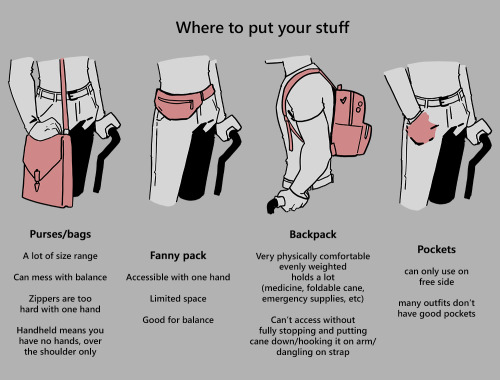
When sitting, the cane either leans against a wall or table, goes under the chair, or hooks onto the back of the chair. (It often falls when hanging off of a chair, in my experience)
When getting up, the user will either use their cane to help them balance/support as they stand, or get up and then grab their cane. This depends on what it's being used for (balance vs pain when walking, for instance!)
That's everything I can think of for now. Thank you for reading my long-but-absolutely-not-comprehensive list of things to keep in mind when writing or drawing a cane user!
Happy disability pride month! Go forth and make more characters use canes!!!
Image ID: an aerial shot of a countryside. There are several long, rectangular fields, all slightly different shades of green (probably because they’re growing different plants). They’re lined with what appear to be hedges or possibly brambles and the occasional tree casting long shadows, some of which appear to be blooming pale flowers. In the center there is a field that’s bright red that fades out in streaks. It almost looks like a streaky line of paint. /End ID
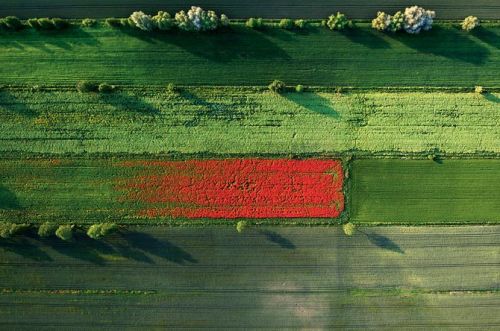
Poppies taking over a field in Poland - June 2013 by Kacper Kowalski, Panos Pictures
Image IDs: all of the images are photographs of the same subject matter, which is a close-up of a very small saptha beryllitis moth on even smaller bright pink and white flowers. The moth is cone-shaped, with its head being the point. It has two long, thin antennae that are all black except for one white stripe near the top of each. Its eyes are comically large compared to the rest of its head. Only 4 of its legs are visible, which are black with 3 white stripes on their lower sections. Its wings are iridescent green/teal on top, followed by an iridescent black/gold stripe, a stripe of teal, then two thin pink stripes, then the bottom half is all iridescent black/gold. It’s so tiny you can see all the little scales that make up its wings. The background is mostly just green, likely the out-of-focus leaves of the plant.
ID1: the moth balancing poorly on one of the flowers, it’s thin, barely visible pink proboscis curving into the flower. One of its legs is blurred in movement. It’s photographed from the top.
ID2: the moth balancing much better on one of the flowers. This one is also photographed from the top.
ID3: a photo of the moth from the side and further back than the others. To the right of it there is some sort of bee or wasp also feeding on the same plant. It is mostly dull yellow and black, with alternating neon green and black stripes on its abdomen.
ID4: a photo of the moth from the side, also balancing on a flower but with its antennae touching the flower.
ID5: a photo of the moth from the front. It’s sitting on some flower buds while feeding from an open flower. Its antennae are slightly out of focus and blurred with movement.
/End IDs





Image ID: a photograph of a path through a foggy forest. All of the trees are covered in moss and the only places there isn’t greenery is the trail and the sky. The underbrush seems to consist of grass and other leafy plants, but it’s hard to tell. The trees have these beautiful, winding branches that cover up the top half of the photo. It’s very shaded and slightly blue-hued in the foreground, but further down the trail it’s yellow-hued, indicating the sun is shining through the fog there. /End ID

All rights reserved by Michael Carl
Image ID: a close-up picture of a spider. It’s looking up at the person taking the photo with its head tilted. It’s mostly mottled brown with two iridescent green patches on the front of its head. It has 4 round eyes, with the center pair being larger than the outer two. You can kind of see a silhouette of a person in the reflection of its eyes. It has little tufts of hair all of its body, with two larger tufts on either side of its head. Frankly, it’s adorable. /End ID

Bold Jumping Spider (Phidippus audax)
March 27, 2023
Southeastern Pennsylvania
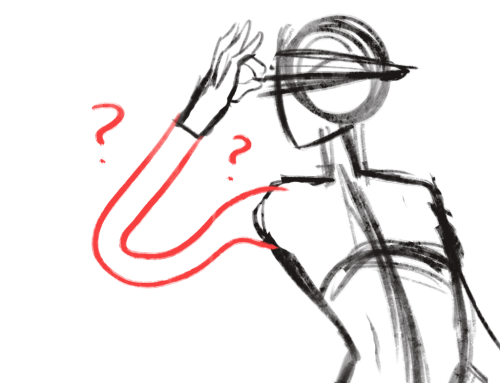
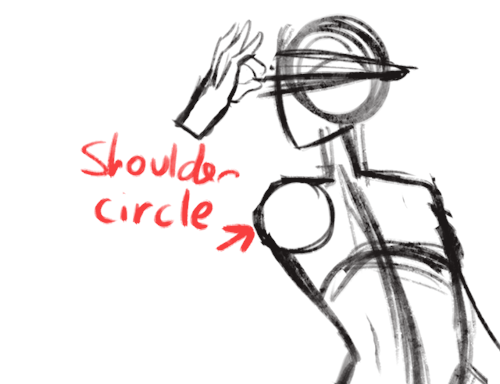
how to draw arms ? ?
Looking at Pinterest drawing tutorials to make myself angrier and more full of rage
Much has been said about unrealistic female anatomy, but is it not even more bizarre and fucking terrible that <90% of generic male drawing tutorials show some kind of monstrous aftermath of bodybuilding, steroids and extreme dehydration and are like "this is a basic male torso"







Lamprosoma sp.
photos by Gil Wizen
Eternal Flame Falls sounds like the coolest concept for a fantasy book. A path you follow down into a ravine until you find an ever-burning flame inside of a waterfall? That’s fuckin metal! But it’s not in a fantasy book it’s like an hour away from my house I can literally go see it any time! I remember it like once a month and lose my shit over it every time
may you make art long enough to realize all the advice you learned online as a tween is made up bullshit
learning from the reblogs of that post that there's a lot of people out there under the impression that "kill your darlings" means "kill your characters" and that's the funniest possible interpretation of that phrase
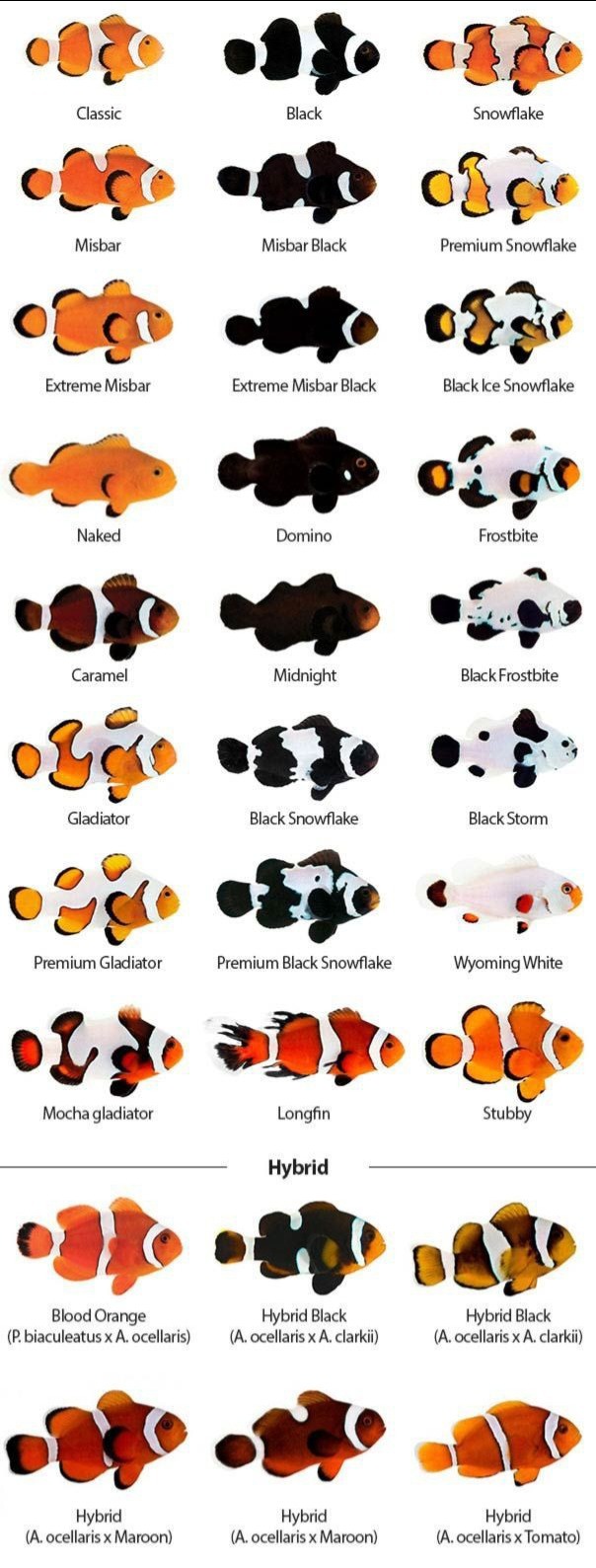
I don't like the naked one
[Image IDs: all images are close-ups of pill millipedes, which are small arthropods (bugs) with a similar appearance to roly polies. They are pill-shaped and segmented with shiny scale-like plating that goes to the ground and covers up all their lil legs.
ID1: a rusty red pill millipede with a black head and mottled black spots on its segments. It’s segments are edged with a pale, slightly translucent yellowish color. It’s photographed from the side. It’s standing on light grayish tree bark.
ID2: another photo of the same or a similar millipede. This one is photographed from a higher angle, making it easier to see black backwards-pointing triangles running down its back. In this image it’s standing on bark covered in moss.
ID3: another photo of the same or a similar millipede on a similar background. This one is photographed from directly above.
ID4: another photo of the same or a similar millipede on a similar background. This one is on its back and half-curled up so its head is right-side up. Its belly and legs are a tan-ish; and its little legs stick up like it’s reaching out.
ID5: two of the red/black millipedes completely curled up on their sides, completely hiding their heads and legs in their plates. These ones are sitting on grey granite. One is slightly smaller than the other.
ID6: a similar millipede to the others, but this one is a much darker maroon red and less shiny. This one has a bright copper stripe behind its head. It’s on leaf litter.
ID7: another darker millipede on leaf litter and coniferous twigs (fir, I think). This one is curled up, but is upright like a wheel.
ID8: a collection of four millipedes on rough grey bark. There is one to the left, two in a vertical row to the right, and one in the center. All of them are curled up except for the center one. The one on the left is orange with black mottled spots and black diamonds running down the center of its back. The one in the center is an ochre color with darker orange edges on the bottom of its segments. It is sparsely mottled with black, with a black head. Behind its head is a yellow stripe, then a black stripe, then no more stripes. It has tall backwards-facing triangles along its back that get smaller and smaller until they disappear, after which there is one big black triangle at the end of the millipede’s body. The top right millipede is a blue-green-grey, similar to the color of lichen. Its segments are edged with thick orange-grey, and it has connected black diamonds running down its back. The bottom millipede is mostly covered in black spots, with orange stripes peeking through at the edge of its segments. There are black diamonds running down its back, which are separated from most of the other mottling by grey.
ID9: a photo of a pill millipede from above and a bit further away than the others. The millipede in this one is almost entirely black, with a bit of gold peeking through. This one is on a pale-skinned person’s hand, and is just a bit shorter than the width of their fingers.
/End IDs]









Pill millipede (not an isopod/roly poly), Glomeris klugii, Glomeridae
Found in Europe and northern Africa
Photos 1-4 by ingridaltmann, 5 by vytautas_tamutis, 6-7 by amujcinovic, 8 by phtevendrews, and 9 (for scale) by bianca_t
[Image IDs: All the images are photos of clouds at sunset/rise, with beautiful high-contrast orange and dark blue color palettes. In all of them the moon is visible and there are airplanes with long, lit up contrails.
ID1: In this one the clouds are huge thunderheads clustered mostly in the bottom half of the image and to the left. The moon is a waning crescent in the close to the center of the image. The contrails of the airplane cut through the higher clouds on the left, moving diagonally up and to the right, ending just under the moon. There are stars in the sky.
ID2: Just the top of a large thunderhead is pictured in this one, with a very bright waxing crescent moon just above it. The airplane is this one is a bit bigger and more visible than the others, its contrails cutting across the image to the right/top diagonally, disappearing behind the cloud. The sky is a slightly lighter blue in this one, but there are still stars in the sky.
ID3: This is the only image that shows the ground, which is hard to see because of the low light, but appears to be an parking lot overlook on the top of a mountain with a city below and to the right. The clouds in this one are more scattered and wispy, but are still huge and cover most of the sky. The sky is bright yellow near the horizon, turning to a rich, starless blue at the top of the image. The contrails strikingly travel straight up from the horizon, behind the clouds and up to the moon; which is a thin waxing crescent.
ID4: Dark clouds billow up and to the left, a dimmer contrail cutting through the peak of them diagonally up and left. The moon is a bright waxing crescent. It’s so bright the shadowed side is still visible, and it’s also off-center, resting just above the highest point of the clouds. The 3 stars of Orion’s Belt are the only ones visible.
/End IDs]








[VIDEO AND PHOTO TAKEN: MAY 15TH, 2023 | Video and Image IDs: A video and four photos of a dark multi-colored (metallic blue, red, black, white, and orange) stilt-legged fly, waving its front legs around. In the video it is standing on a green leaf of a small plant, while in the photos it is standing on a rough grey concrete brick /End ID.]
I've never seen this kind of fly before! Apparently, the reason why it's waving its front legs around like that is because it's trying to mimic the antenna motions of a wasp, as a defense mechanism! Another interesting instance of a bug saying "Don't fuck with me" by way of dance,,,

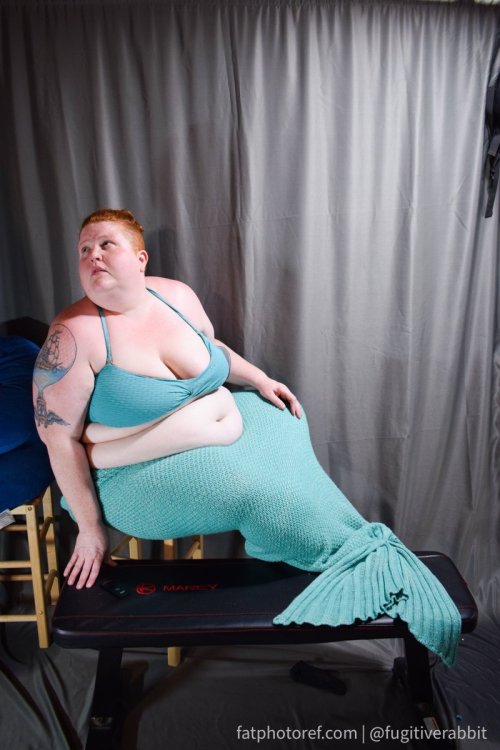


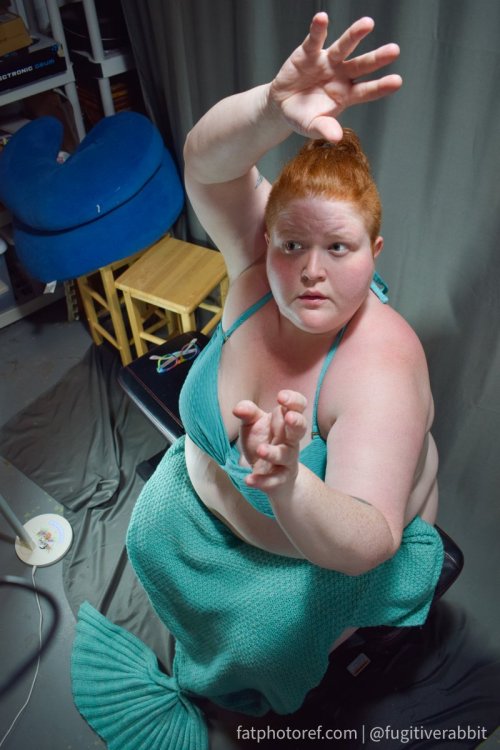
Just a reminder about fatphotoref.com—it exists!! I'll be updating with new photos next week and hopefully more regularly after that. Request access by going to bit.ly/fpraccess 💙🧜♀️ happy mer may!






[VIDEO AND PHOTOS TAKEN: MAY 8TH, 2023 | Video and Image IDs: A video and six photos of a yellow and black eastern carpenter bee (Xylocopa virginica) crawling on and chewing a hole into a brown walking stick in front of a grey background and a few other objects /End IDs.]
my writing fundamentally changed forever ten years ago when i realized you could use sentence structure to control people’s heart rates. is this still forbidden knowledge or does everyone know it now
Low level/continuous pain tips for writing
Want to avoid the action movie effect and make your character’s injuries have realistic lasting impacts? Have a sick character you’re using as hurt/comfort fodder? Everyone has tips for how to write Dramatic Intense Agony, but the smaller human details of lasting or low-level discomfort are rarely written in. Here are a few pain mannerisms I like to use as reference:
General
Continuously gritted teeth (may cause headaches or additional jaw pain over time)
Irritability, increased sensitivity to lights, sounds, etc
Repetitive movements (fidgeting, unable to sit still, slight rocking or other habitual movement to self-soothe)
Soft groaning or whimpering, when pain increases or when others aren’t around
Heavier breathing, panting, may be deeper or shallower than normal
Moving less quickly, resistant to unnecessary movement
Itching in the case of healing wounds
Subconsciously hunching around the pain (eg. slumped shoulders or bad posture for gut pain)
Using a hand to steady themself when walking past walls, counters, etc (also applies to illness)
Narration-wise: may not notice the pain was there until it’s gone because they got so used to it, or may not realize how bad it was until it gets better
May stop mentioning it outright to other people unless they specifically ask or the pain increases
Limb pain
Subtly leaning on surfaces whenever possible to take weight off foot/leg pain
Rubbing sore spots while thinking or resting
Wincing and switching to using other limb frequently (new/forgettable pain) or developed habit of using non dominant limb for tasks (constant/long term pain)
Propping leg up when sitting to reduce inflammation
Holding arm closer to body/moving it less
Moving differently to avoid bending joints (eg. bending at the waist instead of the knees to pick something up)
Nausea/fever/non-pain discomfort
Many of the same things as above (groaning, leaning, differences in movement)
May avoid sudden movements or turning head for nausea
Urge to press up against cold surfaces for fever
Glazed eyes, fixed stare, may take longer to process words or get their attention
Shivering, shaking, loss of fine motor control
If you have any more details that you personally use to bring characters to life in these situations, I’d love to hear them! I’m always looking for ways to make my guys suffer more write people with more realism :)
